
African American students walking out of school to march for equal rights in Birmingham, Alabama, in 1963. Eight-year-old activist Jennifer Keelan-Chaffins climbing out of her wheelchair and up the steps of the US Capitol to support the passage of the Americans with Disabilities Act in 1990. These are just two examples of how, throughout American history, children have played a central role in social movements that have demanded equity and achieved progress.
Despite having less autonomy and fewer tools at their disposal to effect change, like the right to participate in elections, children are often among the most impacted by social issues, which is certainly true of one major issue today: climate change. Not only will today’s children inherit the future repercussions of the actions (and inactions) of the generations before them, experiencing two to seven times as many extreme climate-related events as people born in 1960, but they are also more vulnerable to the physical and mental health consequences of climate change, according to the American Academy of Pediatrics.
As we face the mounting impacts of climate change, children must continue to lead the fight for climate action and their collective future, and museums are uniquely poised to empower them.
Museums are designed to spark curiosity, and our visitors often come primed with the intention to learn something new. Importantly, museums are also regarded as highly trustworthy—far more so than researchers and scientists, NGOs generally, news organizations, the government, corporations and business, and social media. Combine our captive, open-minded audiences with our good reputations and museums are ripe with opportunities to equip the next generation with the knowledge and tools required to innovate in the fight against climate change.
A New Chapter with Unique Opportunities
Skip over related stories to continue reading articleSince its founding in 1974, National Children’s Museum has had the same mission: to inspire children to care about and change the world. Naturally, the museum has evolved over the years in pursuit of this mission and to continue meeting the needs of the community it serves. In 2020, this evolution culminated in the opening of a new location in downtown Washington, DC. The space reflects a new vision to serve twenty-first-century children through play-based experiences that build competencies in science, technology, engineering, arts, and math (or STEAM) while addressing critical and timely topics.
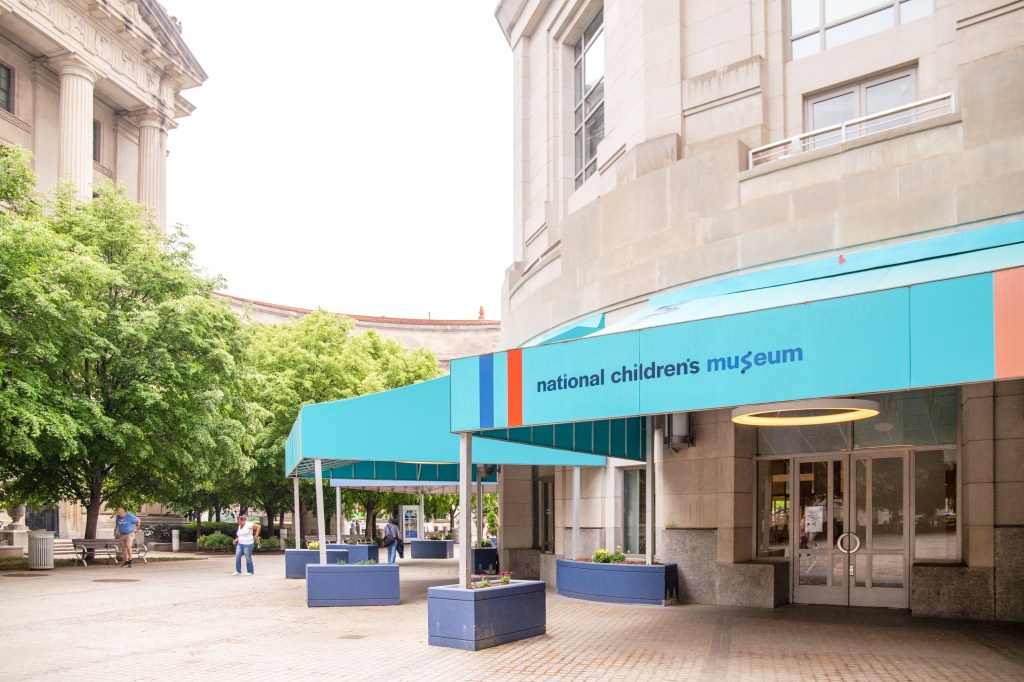
Which brings us back to climate change, as there is arguably no topic more critical or timely today. It’s not often you have the chance to build a museum from the ground up, and our team recognized it as an opportunity to develop one of the country’s first exhibits in a children’s museum to tackle climate change and action.
Developing an Exhibit That Inspires (Climate) Action
As is the case with every experience we develop, our goal was to create an exhibit that would build understanding and instill agency. At the outset, we knew we were up against two major obstacles: First, climate change can be an amorphous concept, particularly for children who aren’t able to fully grasp long time horizons and are still developing a sense of place within the world. Second, climate change is frightening. In a paper published in The Lancet, a weekly peer-reviewed general medical journal, researchers found 59 percent of young people were very or extremely worried about climate change and 84 percent were at least moderately worried. More than 45 percent said their feelings about climate change negatively affected their daily life and functioning.
So how would we make climate change tangible for children but not terrifying? Our answer is Climate Action Heroes. The exhibit, which premiered in February 2020 when the museum opened the doors of its new location, adopts a classic and wildly effective archetype: superheroes. After answering a maze of fun questions—like “Would you rather climb a tree or jump in a puddle?”—children are matched with one of five original hero personas:
- Arbor Avengers defend our trees. They focus on the health and protection of tree cover and trees’ role in the absorption of greenhouse gasses.
- Community Captains focus on reducing waste. They encourage reducing, reusing, refusing, and recycling in their home, school, and community.
- Mighty Meteorologists discover weather patterns and make predictions. They focus on safety, preparation, and response to extreme weather events.
- Pollinator Patrollers protect and support pollinators of all kinds—including bees, other insects, birds, and bats—and the plants they help pollinate.
- Water Warriors protect our ocean and freshwater by keeping them clean. They focus on access to clean drinking water.
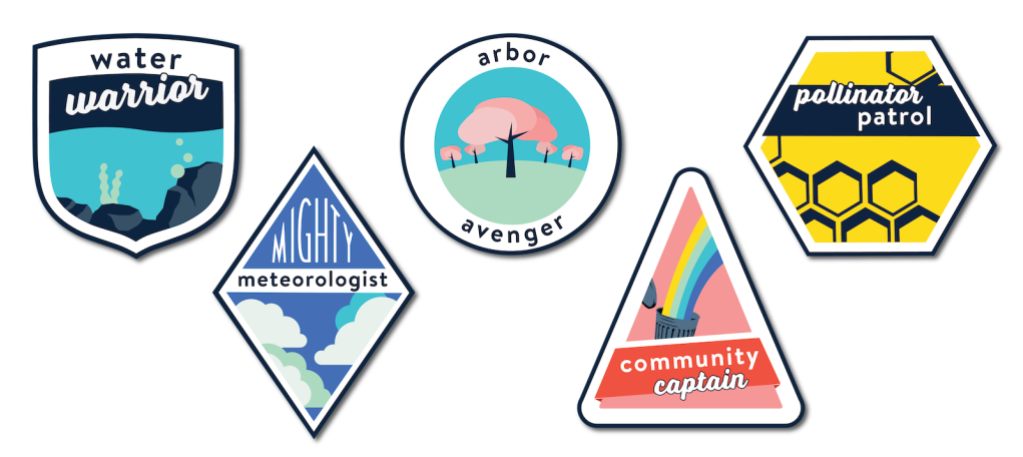
Each persona is connected to an aspect of life on earth that influences or is impacted by climate change. As children learn about their unique superpowers and how they help protect the planet, they’re identifying themselves as part of the solution in a way that’s not burdensome or anxiety-inducing but fun. Signage encourages them to practice their superpowers outside the museum in their own community, and digital extension tools help them continue the journey, including a digital exhibit headquarters, virtual field trip, at-home activity videos, and podcast episodes.
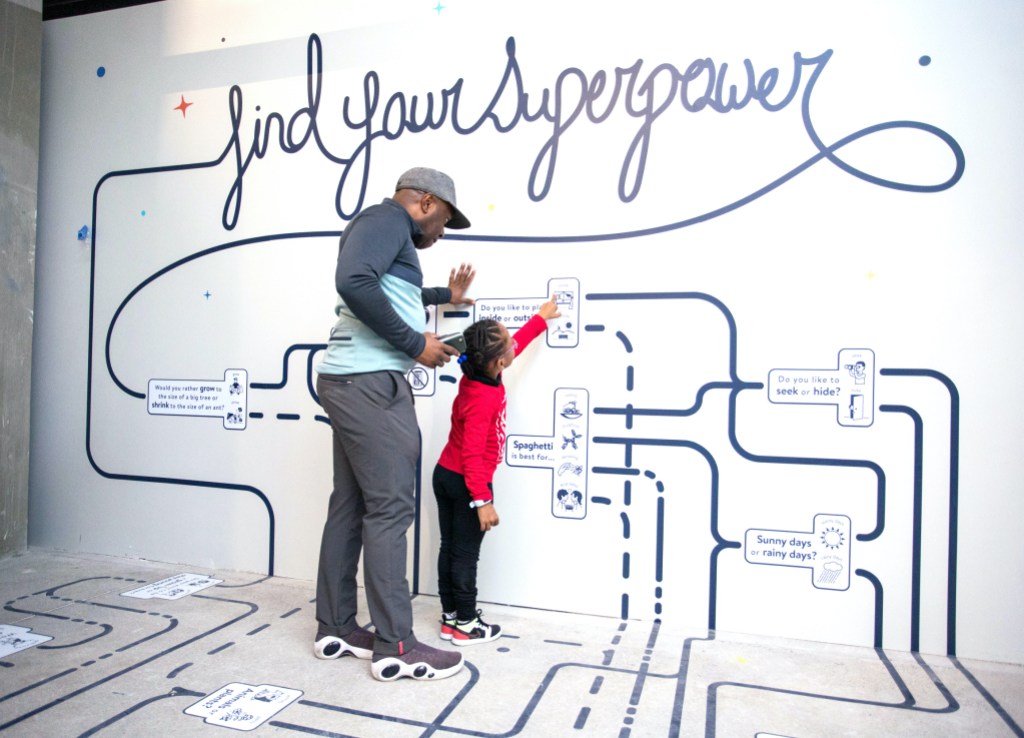
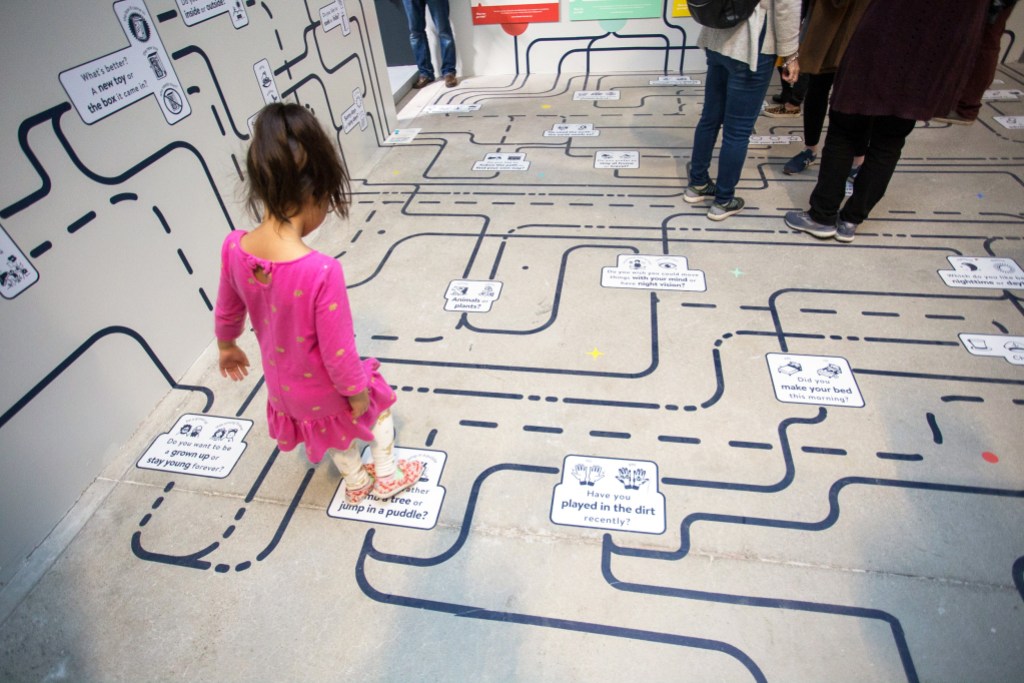
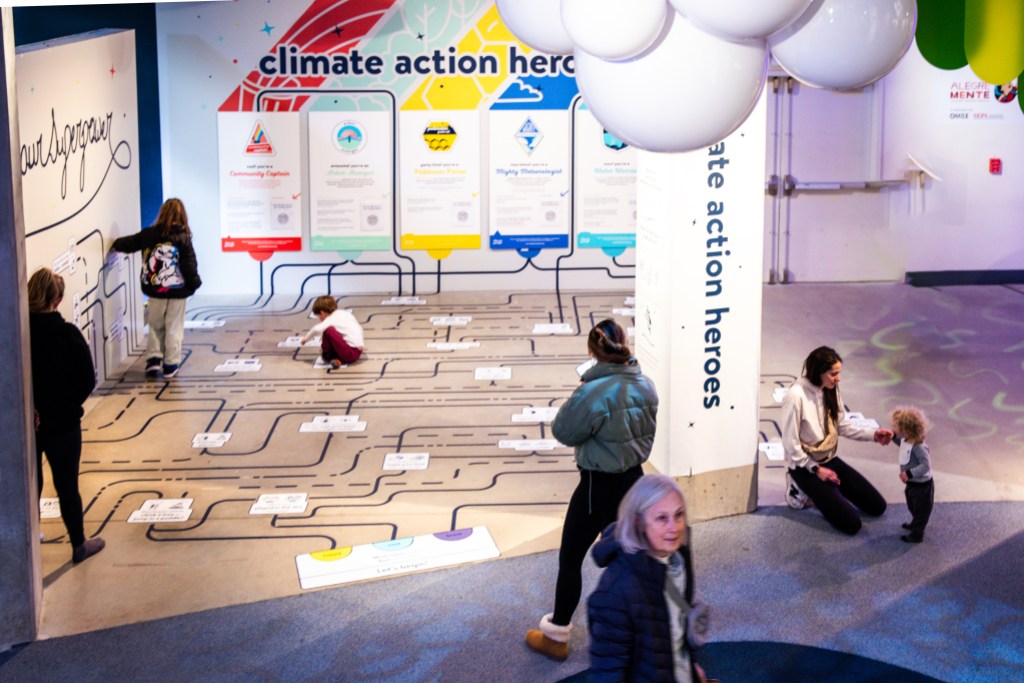
The Climate Action Heroes exhibit is located within the museum’s Innovation Sandbox gallery, which was designed to host a rotation of installations that utilize emerging technologies for two to three years each. To complement the Climate Action Heroes exhibit, our team contracted with Design I/O, an award-winning interactive studio, to host their Weather Worlds installation in the adjacent gallery space.
In the digital Weather Worlds installation, children gain the superpower to control the weather. Using physical gestures, movements, and green screen technology, children can conjure up a storm, release a twisting tornado, and rain down bolts of lightning from their fingertips. Together, Climate Action Heroes and Weather Worlds work to build an understanding that individuals’ actions and choices impact the environment. Through supplementary signage, visitors are also introduced to the difference between weather and climate.
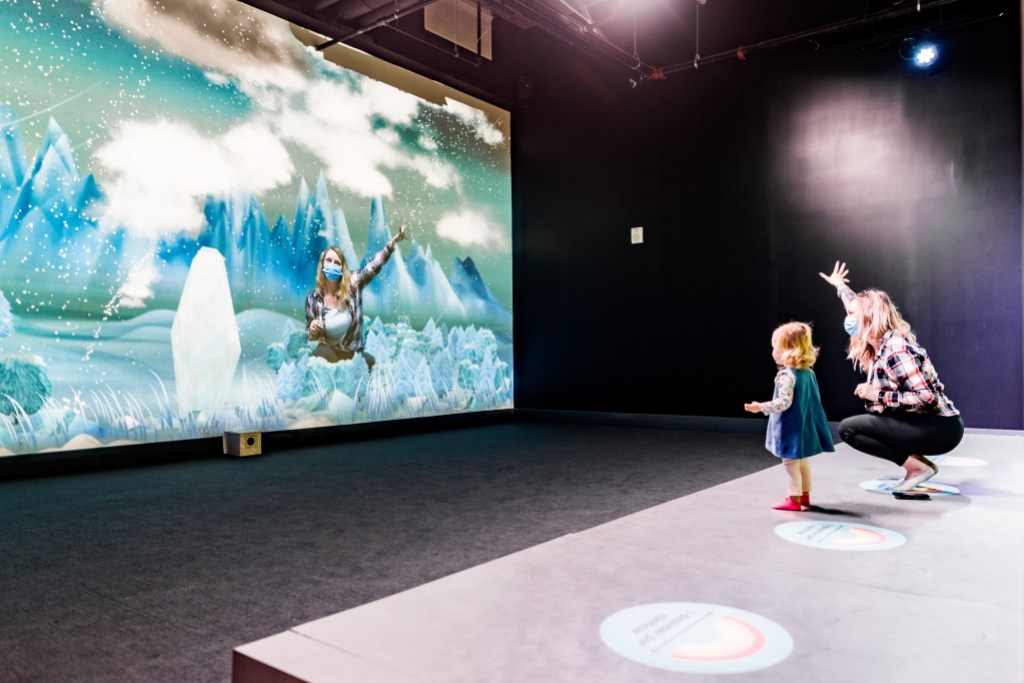
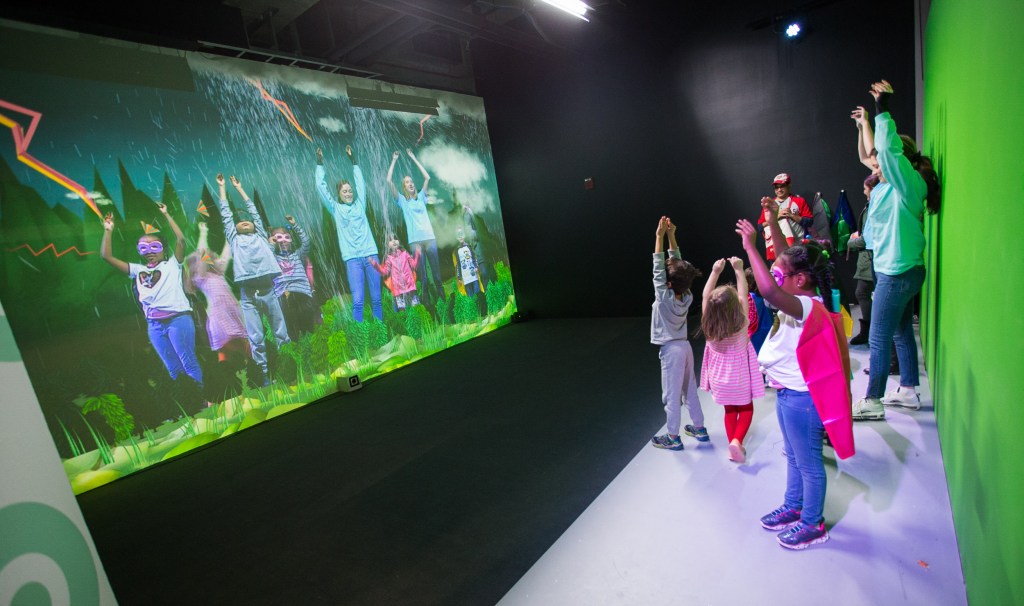
Lessons from the Design Process
At National Children’s Museum, we value child-led experiences, wherein children are in charge of their own discovery and have the freedom—and support—to pursue their own interests. By following the lead of children throughout our exhibit development process, we were able to identify a framework that we knew would best serve their needs.
We also found it critical to invite external partners into the development and design process. This was true of both our initial exhibit development, where climate content experts from the National Oceanic and Atmospheric Administration reviewed our work, as well as the complementary resource development. The Museum was able to engage partners like the Environmental Protection Agency (our next-door neighbors here in downtown DC!) and Smithsonian’s National Zoo, inviting their staff to participate as featured guests in the digital collection. The exhibit content and digital resources are stronger for it.
Iterating for Impact
We immediately observed the impact of the Climate Action Heroes exhibit. Nearly a quarter of visitors who respond to our post-visit survey rank the exhibit as one of their top experiences in the museum. Our team has also adapted the exhibit into an on-the go activation, which we’ve facilitated at high-impact events across the greater Washington area, including the White House Easter Egg Roll and Awesome Con, DC’s comic con.
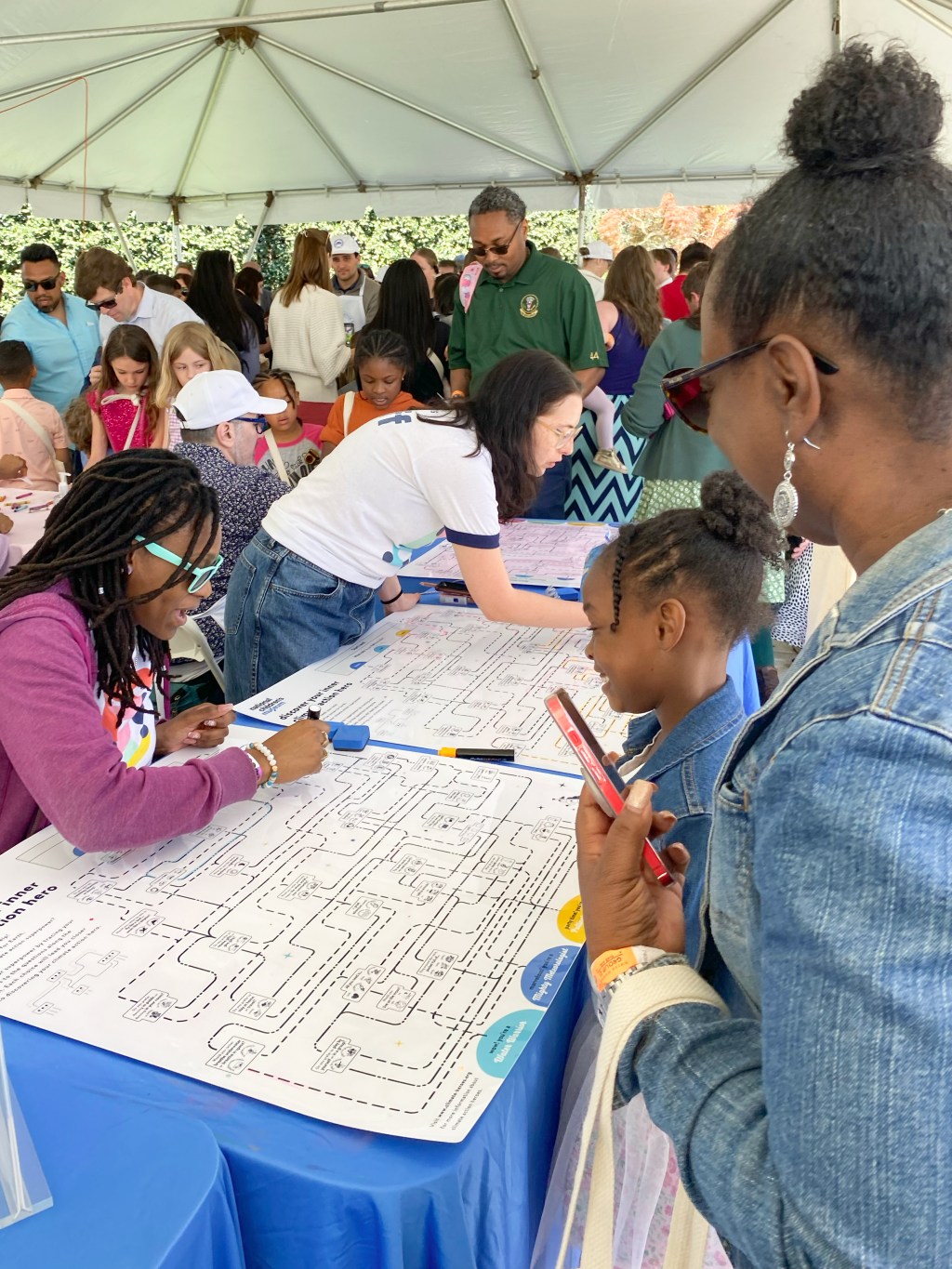
The exhibit has also grown legs digitally, increasing its impact well beyond the museum’s immediate geographic area. We have fielded more than two thousand requests for access to the free virtual field trip video, which has been used across all fifty states and was featured in the New York Times ahead of Earth Day 2021. Additionally, we’ve garnered more than five thousand page views on our at-home climate challenge activity videos and more than twelve thousand page views on our digital exhibit headquarters.
Continuing the Conversation
After seeing how strongly Climate Action Heroes resonates with visitors and partners alike, our team is now focusing on how we can leverage our work to fuel important climate conversations in communities across the country.
In May 2023, we invited thought leaders to participate in a roundtable discussion on the importance of empowering future climate innovation. The conversation featured a panel of environmental and education experts: Arthur Affleck, Executive Director of the Association of Children’s Museums; Ginger Zee, Chief Meteorologist and Managing Editor Climate Unit at ABC News; and Kim Noble, Senior Advisor for Environmental Education at the Environmental Protection Agency. Moderated by our President and CEO, Crystal Bowyer, the conversation focused on identifying areas of need and opportunities for the public and private sectors to partner in addressing them. A recording of the conversation is available for on-demand viewing.
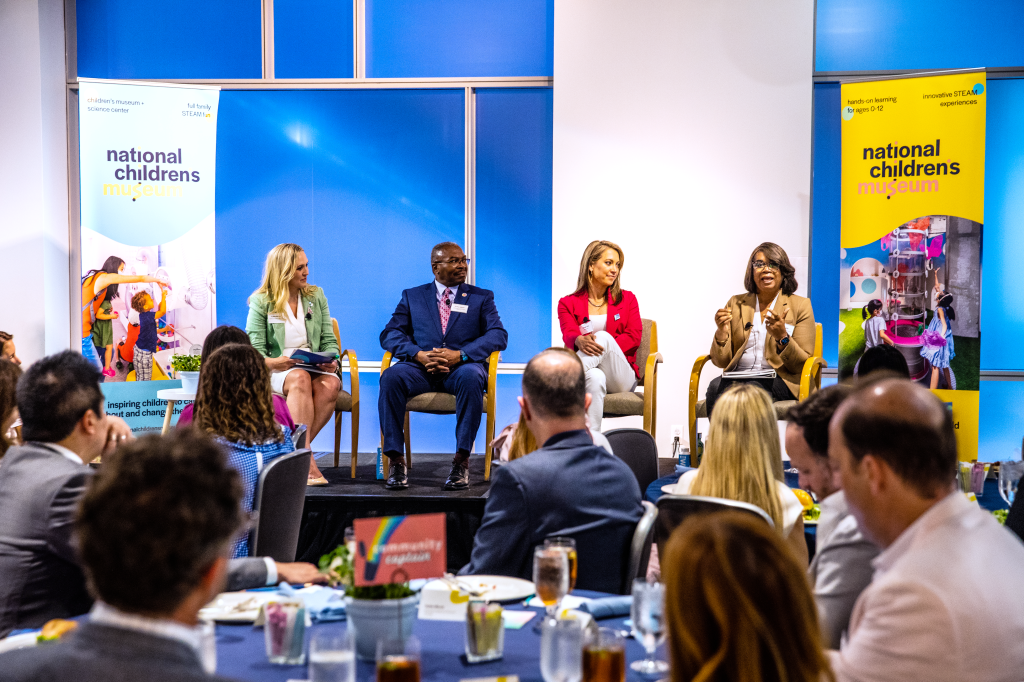
Join Us—Bring Climate Action Heroes to Your Community
As we continue to share learnings from our journey to bring Climate Action Heroes to life, we’ve been excited by the growing interest among our museum colleagues and hope to be a resource as others bring climate education to life in their own institutions.
To that end, we are partnering with Nickelodeon to create a new version of our Climate Action Heroes exhibit that will integrate some of the brand’s most iconic characters as partners in our fight against climate change. With the generous support of Nickelodeon, the updated exhibit will be made available in two sizes—a full-size installation and a smaller, on-the-go installation—to any interested institution free of charge in 2024. Partner institutions will be provided with print-ready files as well as an installation manual, marketing manual, and access to all digital materials.
By sharing these resources, we hope to support other organizations in empowering the families they serve through high-quality, climate-related experiences to increase impact and affect change. Interested organizations can learn more about this opportunity by emailing exhibits@nationalchildrensmuseum.org.





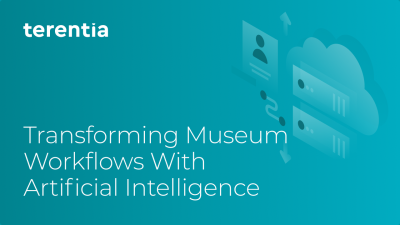
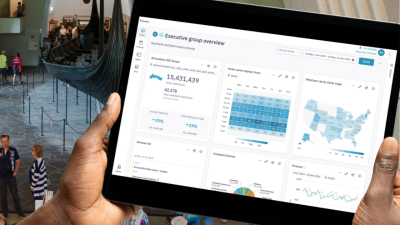

WOW! To be able to bring Climate Action Heroes program to my area, would be great! I think it would be great, but I need to know more about it.
Thank you for offering two sizes of the program. I definitely would like to learn more about it. I have lots of questions, but maybe there is a preview packet that an organization/museum could look at to fine tune their decision of how and when to use it. What is the time frame for children to enjoy these resources?
I do wish to learn more about it. Thank you!
Museums do need to get the children involved in museum events.
This may or may not be the right project for us to consider.
I am an active member of the Historical & Genealogical Society of Indiana County museum program committee located at 621 Wayne Ave Indiana, PA 15701.
Thank you.
Hazel E. Johnston